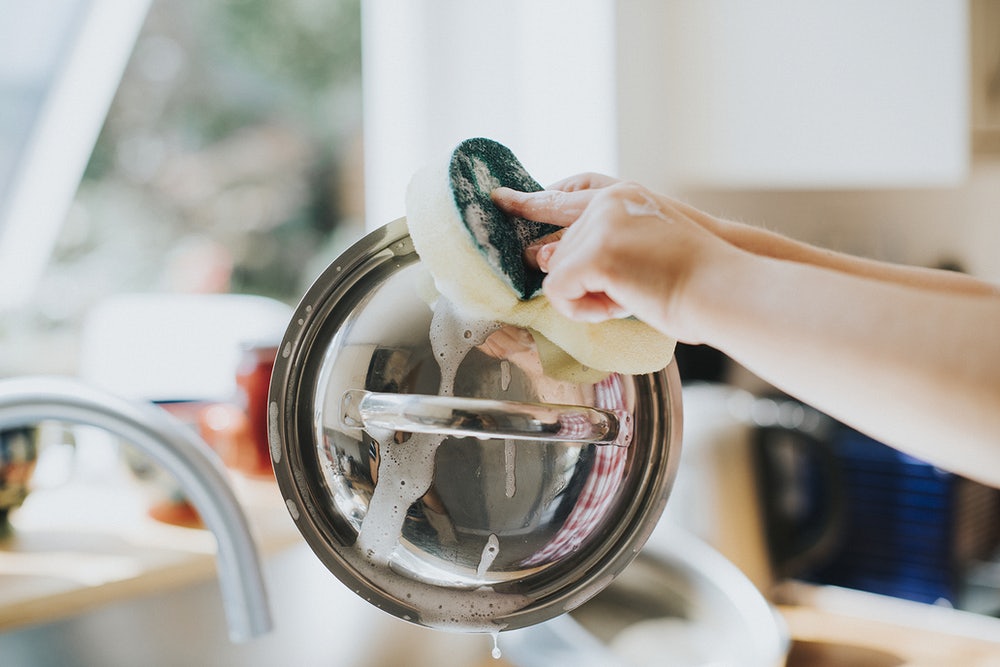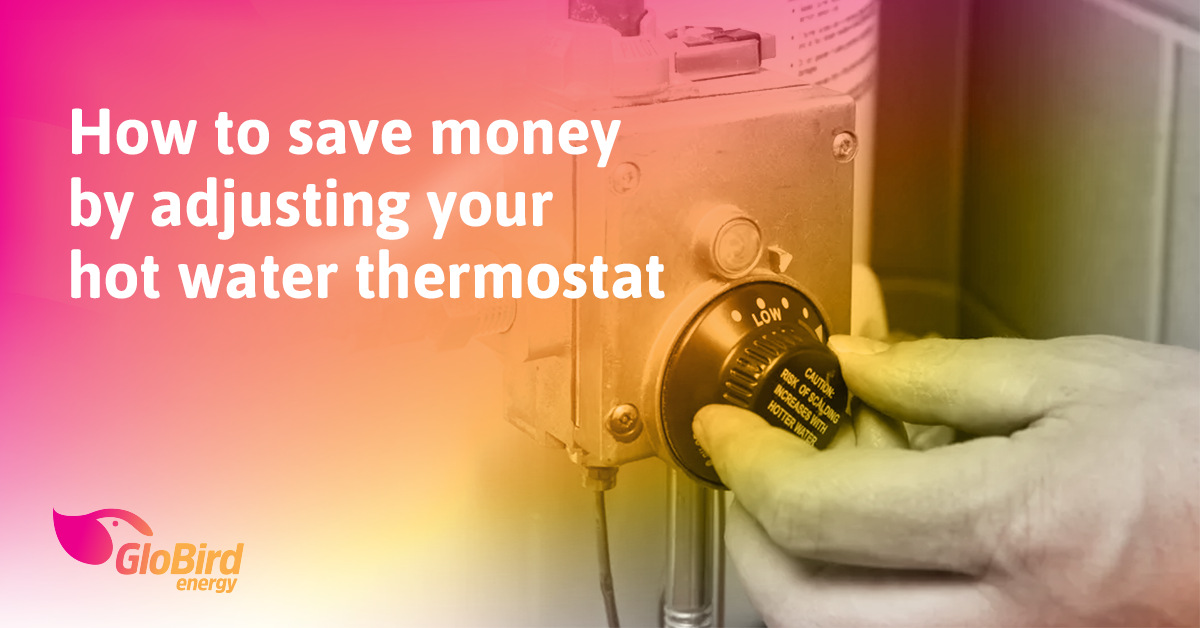If your hot water system is running at a higher temperature than it needs to be, then it’s costing you more money than it should.
So, what do you need to know to get it right, and can you adjust it yourself, if need be?
This recent article by ABC Brisbane’s Dannielle Maguire, How to reduce the amount of energy your hot water system burns through, takes a really deep dive and we’re happy to admit that it has inspired us to summarise some of the information it covers … with a few additional points.
We encourage you to read the full article if you think your hot water system thermostat might be set a little higher than it should be.
The basic facts
Here’s a quick overview of five major points you should understand:
- It’s estimated that 21 per cent of the energy used in the average Australian home is attributable to heating water.
- The temperature your thermostat should be set at depends on whether you have a storage or continuous flow system.
- If your system is running at a higher temperature than it needs to be you might be able to turn the thermostat down a little.
- You have to be careful with electric hot water systems and make sure you’re not removing any panels that have an electrical warning on them.
- Every hot water system is a little different: some will have a dial-type thermostat you can adjust yourself, but others will require the help of a plumber.
So how hot is hot enough, but not too hot?
If you have a storage hot water system, you have to set it to at least 60 degrees. That’s a hard and fast rule because at less than 60 degrees you risk the growth of harmful Legionella bacteria.
If you switch your hot water system off while you’re away on holiday, make sure you run it at 60-65 degrees for about 35 minutes before use, to kill off any bacteria.
However, that’s not an issue for a continuous flow system, which doesn’t store the water in a tank. A continuous flow system should be set no higher than 50 degrees.
It’s worth noting that there are laws that water delivered to bathrooms must be no hotter than 50 degrees, to prevent scalding injuries. Water at 54 degrees can cause a major burn within 30 seconds and at 57 degrees that takes only a few seconds.
The recommended bathing temperature is 37-38 degrees, meaning the hotter you heat your water the more you have to cool it back down to use it. Any extra heating is clearly wasted.

You can save in more ways
It’s not only the temperature setting of your thermostat that impacts on the amount of energy you use, and whether any of it is being wasted.
For example, Sustainable Living Tasmania says a poorly insulated system located outdoors can lose up to 3 kilowatt-hours per day, adding up to nearly $200 in wasted energy each year.
A simple and effective ‘fix’ is to insulate any exposed pipes as well as the relief valve. The first two metres of piping coming from the hot water system is the most important to insulate as that’s where a lot of heat is immediately lost, particularly in colder climates.
At the same time, you should have your system serviced every couple of years to ensure it is running effectively and not wasting energy. For those with a storage tank, you should also release the relief valve every six months.
If you are in line for a new system, do some research to choose the best type for your circumstances. Smaller households will more than likely find a continuous flow system is a good option, while a larger household might be better served by a storage system, given the likely demands of a family.
Common fault
There is one component built into most hot water systems called a pressure relief valve. As the name suggests, its role is to relieve water pressure inside the tank. When water is heated inside a tank, it increases the pressure. However, too much pressure would cause a system to fail, so most systems have this fail-safe built in.
A faulty valve will usually let water sneak past and flow into a drainage pipe. This is literally money down the drain.
If you suspect your valve to be faulty, have a plumber check it out. A functioning valve will let a little bit of water out every now and then – after all, that’s its job – but if it’s constantly letting hot water flow down the drain, it may need replacing.

Don’t discount being water wise
The bottom line of energy bills is that, in general, the less you use the less you pay. Even if you have cheap energy you can always reduce your costs.
That’s particularly true when it comes to hot water, so if you can cut back on your usage, you really should. Here are some ways you might be able to save:
- Install water-efficient showerheads
- Use cold water for your regular clothing washes
- If you rinse dishes before washing them, use cold water only
- Leave any mixer taps in the cold position
If you’d like some other general energy-saving tips, check out 7 things you should do now to reduce your winter energy bills and if you’re looking to save on your gas bill, we’ve also prepared The (almost) A to Z of saving on your gas bill.
For many households, a little time and effort, and perhaps a small investment in getting things tidied up, can pay off in major ongoing savings on energy use and the corresponding bills.
Meanwhile, if you’d like to see whether you can save by switching to GloBird Energy, it takes only 30 seconds (you’ll need your NMI from a recent bill) with no need to enter any contact details and there are no lock-in contracts. Just go here to get a quote.
